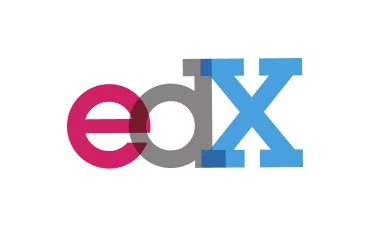When you enroll through our links, we may earn a small commission—at no extra cost to you. This helps keep our platform free and inspires us to add more value.

EPFLx: Image Processing and Analysis for Life Scientists
Basic image analysis for life scientists with a non-engineering background. The main goal is to teach how to address and solve scientific questions by state of the art image analysis strategies.

This Course Includes
 edx
edx 0 (0 reviews )
0 (0 reviews ) 7 weeks at 2-3 hours per week
7 weeks at 2-3 hours per week english
english Online - Self Paced
Online - Self Paced course
course EPFLx
EPFLx
About EPFLx: Image Processing and Analysis for Life Scientists
Nowadays, image-based methods are indispensable for life scientists. Light microscopy especially, has evolved from sketched out observations by eye, to high throughput multi-plane, multi-channel, multi-position and multimode acquisitions that easily produce thousands of information-rich images that must be quantified somehow to answer biological questions.
This course will teach you core concepts from image acquisition to image filtering and segmentation, to help you tackle simple image analysis workflows on your own. All examples use open source solutions, in order to allow you to be independent from commercial solutions. Emphasis is made on good practices and typical pitfalls in image analysis. At the end of this course, you will be able to adapt and reuse workflows to suit your specific needs and be equipped with the tools and knowledge to adapt and seek advice from the ever-growing image analyst community of which you will be a part now
The course is taught by senior image analysts with longtime work experience in a service-oriented core facility.
What You Will Learn?
- Recall digital image formation principles.
- Understand human perception and color.
- Distinguish between bit-depths.
- Use lookup tables.
- Perform mathematical operations on images.
- Apply filtering to digital images.
- Understand and use image segmentation techniques.
- Create regions of interest and extract results from segmented images.
- How to perform projections and reslicing on images for analysis.
- Applying color deconvolution to brightfield images.
- Understand the concepts of the ImageJ Macro language.